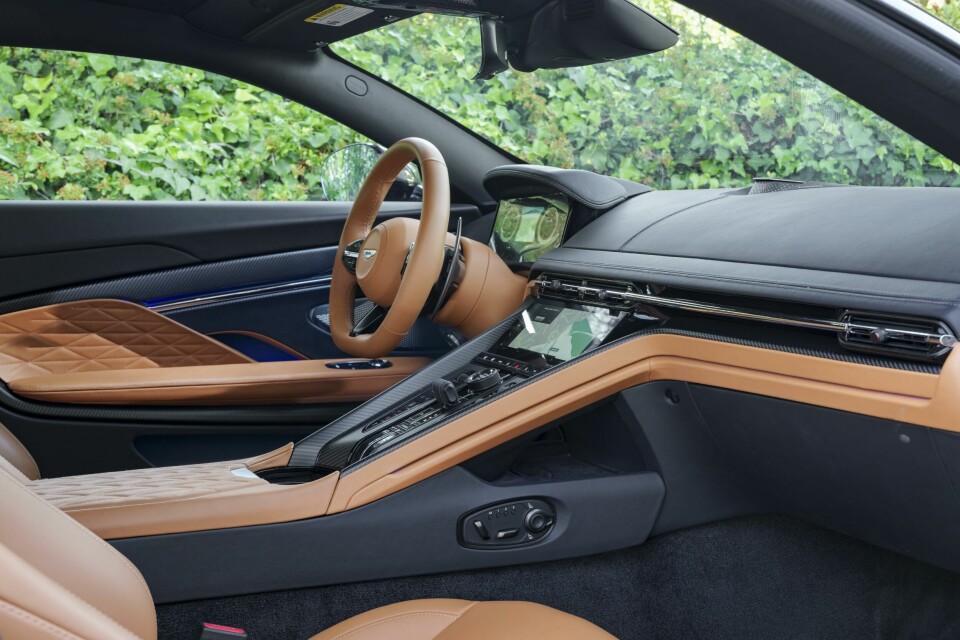
Interior Motives: Aston Martin DB12
The interior of the new Aston Martin DB12 marks a revolution for the British marque and the start of a new journey (via Interior Motives Autumn 2024)
Aston Martin has been about performance, luxury and craftsmanship for decades, but in recent years it has fallen behind rivals like Bentley, Ferrari, Lamborghini and Porsche when it comes to interiors. It’s something Aston’s design team freely admit, but for the new DB12 they made the decision that this had to change and the results are a revolution when it comes to the British marque’s interior design.
“For many years, the company had under-invested on interiors in multiple ways – design department resource, technology and investment in material change,” director of design at Aston Martin, Miles Nurnberger told Interior Motives. “Around three years ago we made a decision and more than tripled the interior design team.”
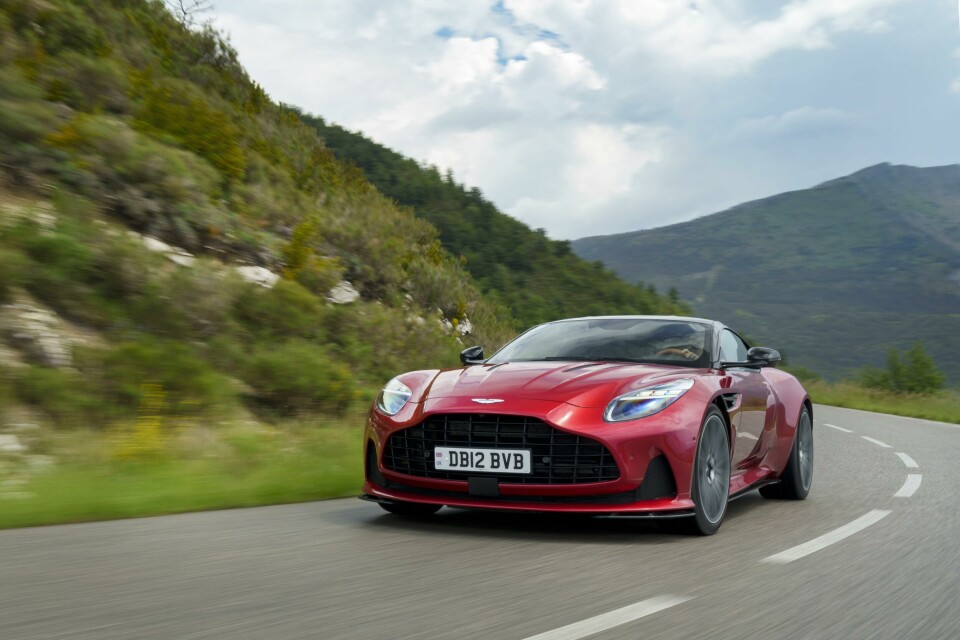
It’s impossible to underplay just how big a change that decision means. There’s an element of familiarity to the exterior of the new DB12 GT but it’s the interior that deserves most of the attention, not just for the styling and design itself, but because everyone from design and engineering to management and suppliers all worked together to write an entirely new chapter for the brand.
Leighanne Earley is Aston’s creative director of interiors and brand and partnerships. After a bit of time away from the British automaker at the Renault Group, she returned to complete the work that she had already been part of on the DB12. She says that the new focus on interiors began with the Aston Martin Valkyrie hypercar but quickly turned to the brand’s GT model.
We’ve always been masters of craft and materiality
“We were benchmarking with the DB11 but then the Ferrari Roma came out,” she says. “We were obviously also looking at the Bentley Continental GT and we just felt that Aston deserved to go to the next level.”
Initially the DB12 started off as a facelift of its predecessor, but as the sketches progressed, the changes began to happen quite quickly, moving Aston on from its mantra of ‘Power, Beauty, Soul” and into a new era of ‘Beauty, Craft, Art’. Inspiration came from many of the usual areas such as watches, fashion and technology, but Earley says there were numerous discussions throughout the development phase about how far to go with each of the elements within the interior.
“We’ve always been masters of craft and we’ve always pushed on materiality but one of the things that we really felt was that we needed to push the language to be sharper and cleaner and not design craft in too early,” she says. “It’s almost the materiality we get for free with Aston because it’s part of our culture, it’s part of our DNA.”
That craft was integrated into a softer design language in previous models, with prominent elements such as the vertical IP and more especially, the vertical waterfall, a feature that Earley says had become as much an institution for the brand as its famous grille. The team wanted to sharpen the language, create what Earley calls hyper-tension and take out more weight. Very early on this meant switching to a horizontal IP and once that decision had been made, everything started to fall into place.
Like many performance and luxury car brands, Aston has a wide variety of customers, from someone who wants to cruise on the Riviera to a racing driver and Earley wanted to find the perfect balance that would suit both types. That meant having an indulgent interior but one where the surface tension conveyed performance, something that also required intense discussions around integration of switchgear and technology.
Technology is important, but we are a luxury sports car company, not a tech company
Not surprisingly there was a focus on the infotainment screen and it was instrumental in creating the vertical waterfall. Chief creative officer of Aston, Marek Reichman, was adamant that he didn’t want what he calls the “toast” – the rectangular screen that rises from the top of the IP. Instead the team decided to integrate it below the air vent, to make it compatible with the linear lines. It also meant reducing it from early renderings where it was a ten-inch screen, to a smaller eight-inch version that again matched the idea of removing the weight and enhancing that linear look.
The UX system itself was designed in-house, but Earley says that here too Aston was very behind the competition when they started the project. As well as getting inspiration from across the world at events like CES, the team also turned to external consultants, not to design the UX and the UI but to get their opinion on whether they were doing it right.
“Technology is important, we’ve all got a nice phone in our pocket, but we are a luxury sports car company, we’re not a technology company,” says Nurnberger. “We don’t want to be a technology company in terms of screens, but we did go and pick the best screens we could lay our hands on.”
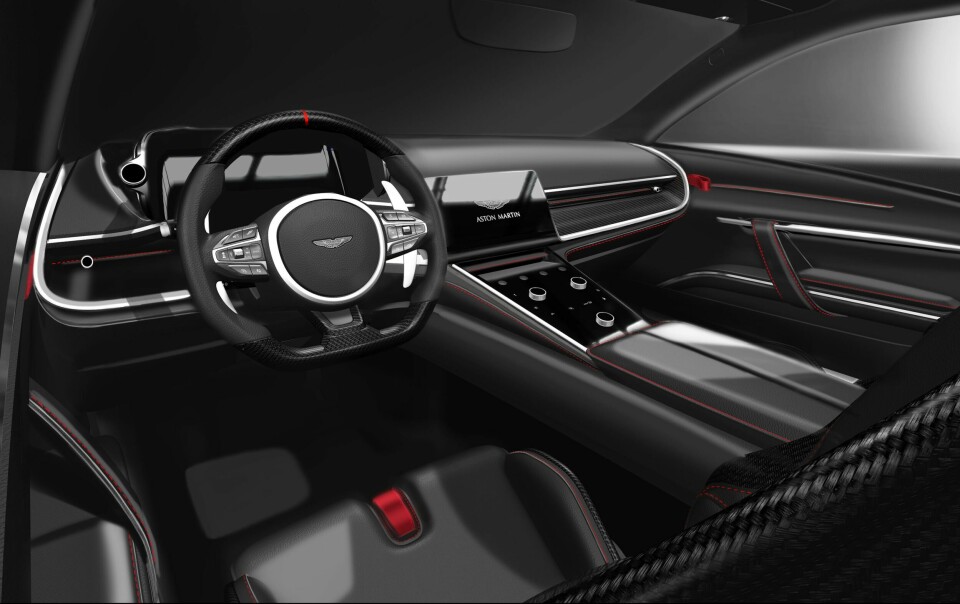
Screens were central to the question around analogue versus digital and here the discussions went to the very heart of what Aston Martin is all about. “Some people were really into the technical side and wanted the screen tech and the other side was wanting analogue,” she says. “There was this real debate going backwards and forwards.”
Initially they did experiment with integrating switchgear into the UX but it was Reichman who eventually said they should go analogue and Earley says this was the right decision for Aston. “As a designer, you’re in love with the cleanness of everything, but actually the logic started to come in and when you are in a car you want to feel that mechanism,” she says.
Earley turned to her Denon hi-fi of the 1990s and the weight and feel of its controls. That emotional attachment was then applied from the sense of occasion of pressing the start button, or changing the shifter, to the switch packs for the seats.
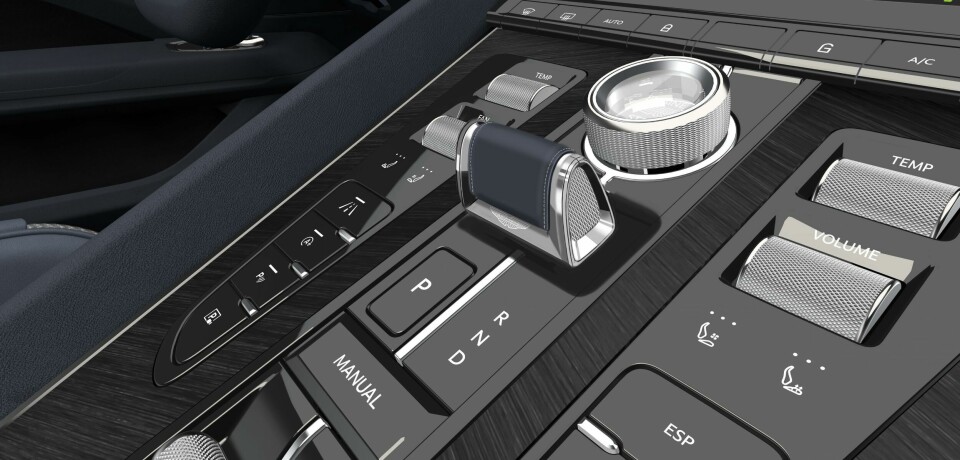
“When I’m driving, I want to be able to instantly change the temperature or change the volume,” she says. “I want the button, I don’t want to go into an interface. It was almost going away from what the industry was doing, at the same time we were trying to be equal to the industry, but one of the things Marek said was let’s take our own path, let’s push the analogue side.”
[Balancing] the analogue and digital was part of the journey
Then there’s the matter of materials. Many Aston customers still ask for leather but Earley says that like the Denon stereo, the leather doesn’t have to shout about what it is. “At Aston the library of materials and the suppliers we have is unbelievable and from a sustainability point of view we’re very lucky because sustainability isn’t just about whether it can be recycled, it’s also about the cradle to grave and being locally sourced,” she says.
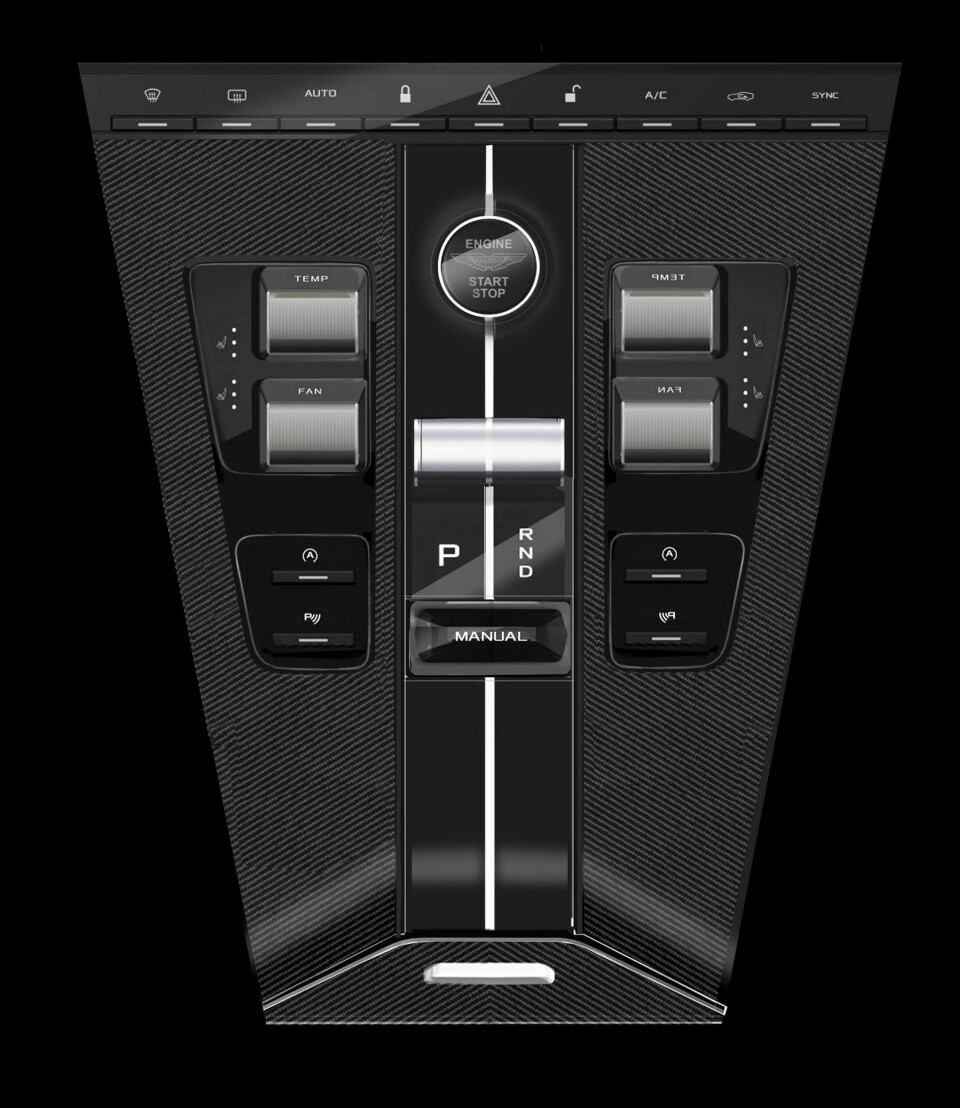
“Our relationship with Bridge of Weir, with Johnstons of Elgin, all sustainable materials, all locally sourced, all being able to be made and manufactured is unbelievable,” Earley continues. “There’s the craft in there, but one thing we wanted to do with the DB12 is integrate the materials into the theme in a way that’s more subtle. It’s not, here is a piece of wood, it’s much more linear, controlled and celebrated in a more subtle way.”
It’s also about choice because Aston Martin has its Q bespoke department and so if a customer wants to go all the way for the most opulent of materials they can do that. If they want to pare everything back to be as light and efficient as possible they can do that too. The main thing says Earley is that the core elements have authenticity, real metal, the knurling and materials that exude luxury, all of which will continue to be part of Aston interiors in the future.
The journey has been a fascinating one and Earley says that they had to take the designs fully to the digital side before they could strip it all back to give the DB12 the clean, linear and luxurious look it has, but she is clear in what the biggest challenge was. “I would have thought going from a full waterfall to a horizontal would have been the biggest debate, but it wasn’t, it was the digital to analogue,” she says. “The craft was never questioned, the materiality was never questioned, but the analogue and digital was part of the journey. The right one won in the end and for Aston Martin it was the right journey.”
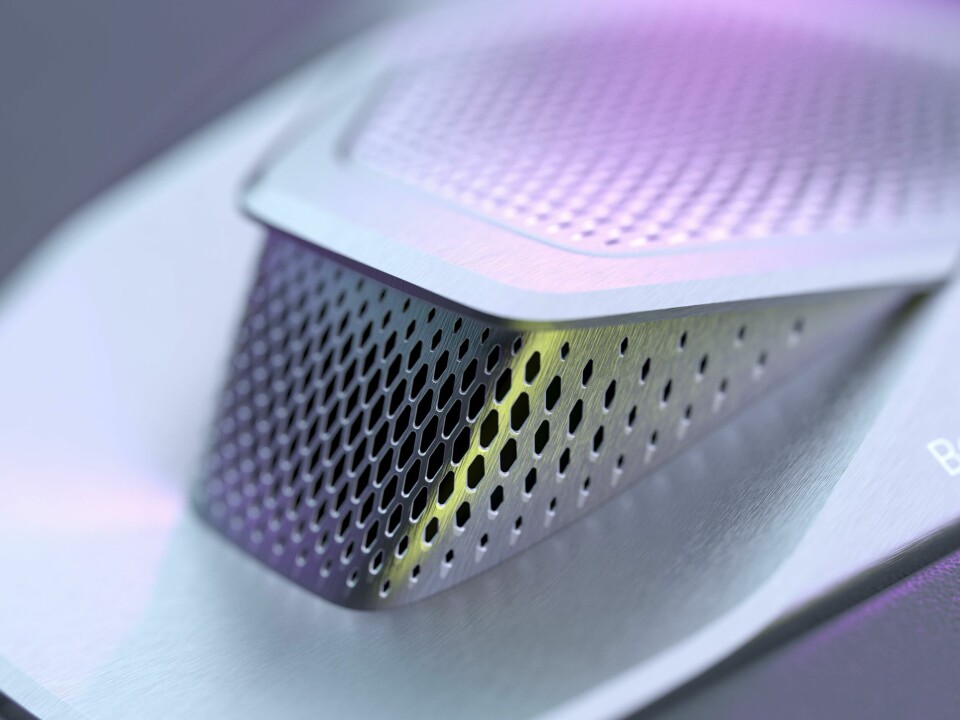
They still weren’t done though because once the IP was done, the new waterfall created and the UI and UX all integrated, they put the steering wheel on and something looked wrong. “The steering wheel was so old, the airbag too,” she says. “It was just too big, probably about 50mm bigger than we needed and the business luckily saw the same thing and said let’s get a new steering wheel.”
It seems appropriate that the final piece of the design was the steering wheel, just as a racing driver locks the wheel into place before setting off. After years of dated interiors, Aston Martin is clearly steering into a new era of interior design and it is one that Earley and the team are immensely excited about.
“It’s the beginning and that’s the part for us that we’re really proud of,” she says. “It’s the fact that we’ve broken the mould now and there’s a confidence within the team to start the next generation of Astons.”







